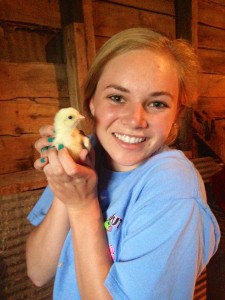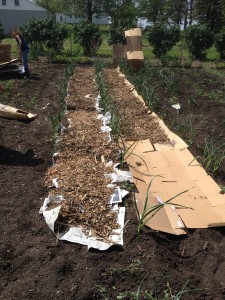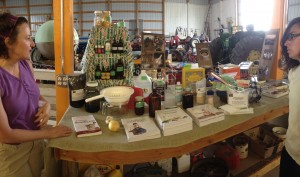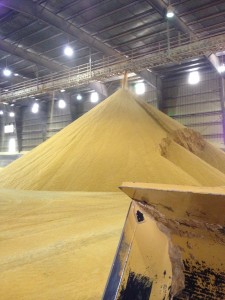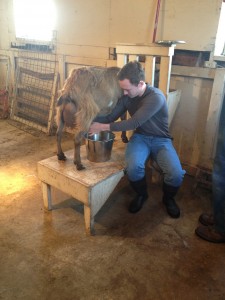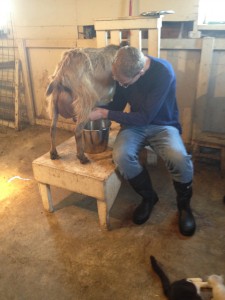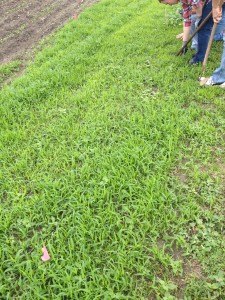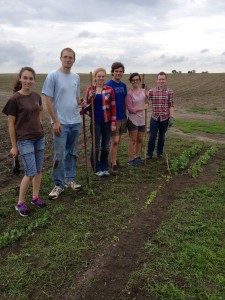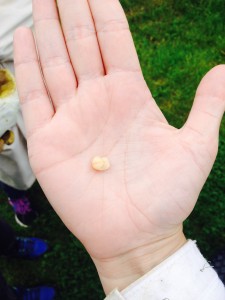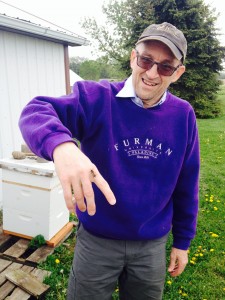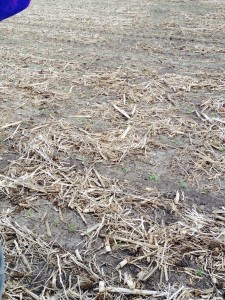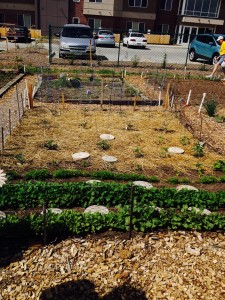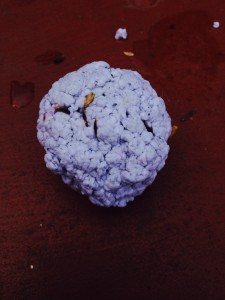“What is the name of your program?” That was a question we got at about every stop we made, and our host(s) were always amused when we simply said “Farm”. Although it was not creative, an acronym, or an initialization, it fit just right. Farm was an experience that taught all of us and affected us each in a different way. We were not told one side of the story, ever, but got a broad spectrum viewpoint from all types of people. Farm affected me specifically by opening my eyes to how much work and thought goes into farming. From the math to the sustainable research, from the mechanics to the technology, and from seed to product, farmers really do it all. On top of that, they do it with heart. There was not one farmer we met that did not love his family, community, or job. With farming being such a tough industry and one in which many people watch, will they break even this year; the people that do it really have the best interest in mind and are devoted to feeding the world. I have gained such a respect for farmers and am thankful that they do the backbreaking job that they do because we honestly could not live without them.
I have also gained new perspective on environmental factors. It is true that farmer’s spray their fields with harmful pesticides and enrich their soil with nitrogen, which has a negative effect on waterways, but what we don’t think about is that they don’t want to ruin the land. It is what keeps their livelihood afloat. They are not going to dump any more nitrogen on the field than they need because that costs them money. They have begun to use tractors that put out cleaner air than they take in. They have incorporated buffer strips and other no-till practices into their line of production because they don’t want their soil eroding. They need their soil to produce their seeds, some of which are GMOs, that have been tested and declared safe, and save them from over spraying as well as using excess water. The technology is so advanced that it can go through a field and adjust the amount of nitrogen it puts down depending on the plant’s needs. Conventional farmers, not all, but most are doing the best they can for the environment as well as the people and they deserve a lot more respect, I believe, than they get.
I am also thankful for organic farmers and that we have the option to choose which food product we want. I know there needs to be a coexistence and there is not one perfect or right way. If it were all conventional, the soil quality would decrease, but if it was all organic, there would be no capabilities to feed the world and prices would dramatically increase. This is the same for livestock. I learned about both ways of raising livestock and although a gestation barn doesn’t sound too great, it does not seem to be having a negative effect on the animals. All of Brent’s pigs were calm and docile, that would not be the case if they hated their lifestyle, and I feel that as long as there is no harm to the animals and they are treated well, it is okay. The pigs were air conditioned, heated, looked after and given constant water. They seemed very content to me. After this trip, I will not focus on organic vs. conventional when looking at what food to buy, but I will try to buy local more. I will go to farmers markets and support my local community as much as I can, but am not against eating conventionally grown foods or GMOs.
Another thing I am taking away is knowledge about the politics of farming. It is a messy situation and there is no easy or quick fix. Crop insurance is very important to these farmers and makes their risk manageable, but could change at any time with the Farm Bill. Also, pesticide drift. There are so many issues revolving around it that it will be an ongoing debate in the future. Another complicated issue is water quality. How to keep the water clean and keep the dead zone from growing because of the actions of farmers? How do we get farmers to change their traditional practices, but also get people to comply? There is no single group to point a finger at or blame, and that makes it difficult to create change. I will stay involved in each and every one of the issues as time goes on and am curious to see what comes of it; especially if we run out of water in 20 years. That will be interesting to watch play out.
Overall, I am very thankful I got to go on this trip and really did experience a once in a lifetime opportunity. There is so much that I learned and so much that interested me that I will keep up with throughout my life. I am glad that when I go into the store now and see Non-GMO labeled, I will know exactly what that means; and when I see why the organic is priced so high, I will know all the work that went behind that, like hand picking weeds. This MayX really did open my eyes and made me aware of the food that surrounds me every day. It is something I did not really think about before, but now will never forget.


